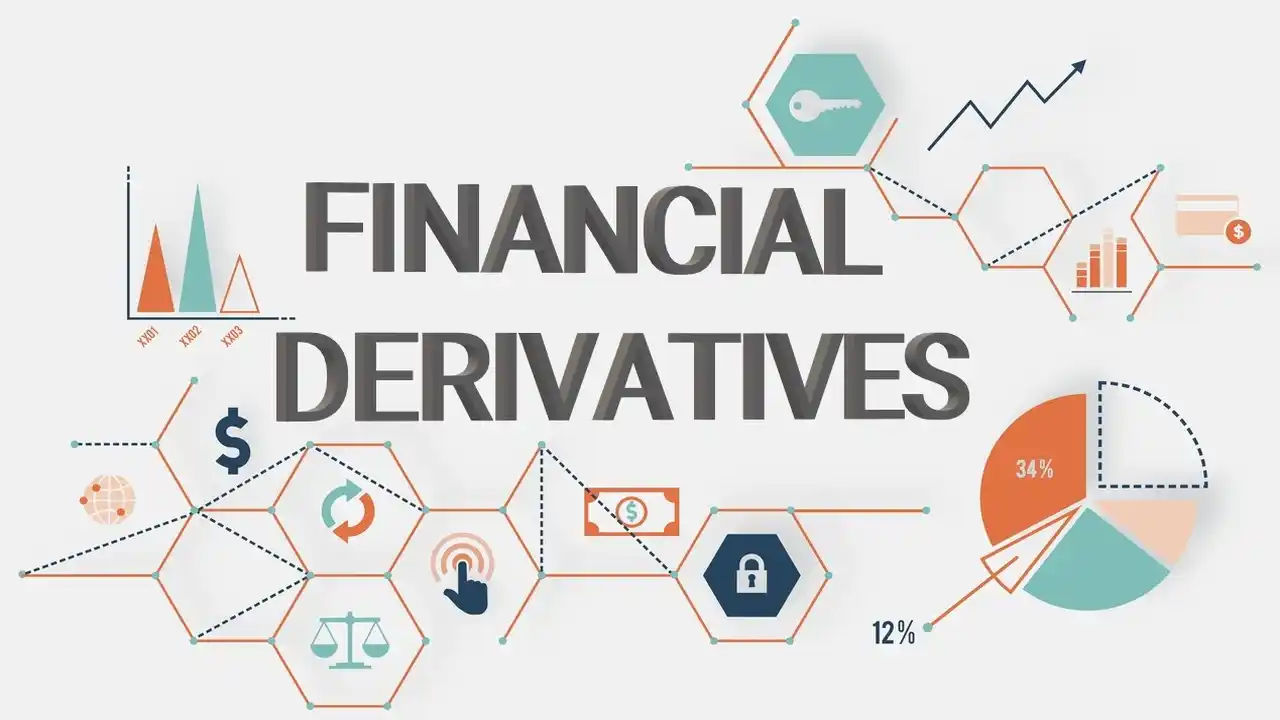Finance Types
Finance is a multifaceted subject that encompasses budgeting, forecasting, borrowing, saving and investing activities. From keeping savings accounts at high-interest rates to building financial models for use in investing decisions – financial practices vary considerably and offer endless possibilities.
Finance refers to the practice of overseeing money and resources on behalf of individuals, businesses, governments or other entities. There are three major subcategories within finance: personal finance (for individuals or families), public finance and corporate (or business) finance.
Personal Finance
Personal finance refers to the practice of overseeing day-to-day finances while planning for future needs and goals. It encompasses five main components, such as income, spending, saving and investing as well as protection (i.e. insurance and estate planning).
An understanding of personal finance is integral for meeting daily expenses and saving for future goals, as well as making informed decisions about investments and retirement plans.
Financial literacy refers to banking, budgeting, insurance, mortgages, investments and retirement planning. Being financially aware is vital so you can identify good advice from bad, as well as make wise financial decisions. Use tools like NerdWallet to compare credit card and savings options before minimizing debt and unnecessary spending. Finally, invest in safe assets with growth potential such as stocks, bonds mutual funds or fixed income investments – these investments generally take more time and research to establish.
Corporate Finance
Corporate finance refers to the practice of managing funding sources, capital structure and investment decisions for a corporation. It covers every financial decision taken within any business.
These departments are charged with increasing the stockholder value of a company by making short and long-term financial planning decisions that increase its worth.
Corporate finance’s cornerstone principle is maximizing returns while minimizing risks, which is not always easy when profitability and liquidity often conflict directly.
Corporate finance entails three essential aspects: capital budgeting, capital structure and working capital management. Capital budgeting refers to evaluating potential company projects requiring significant investment, while capital structure refers to finding an optimum mix of debt and equity financing options for a company. Working capital management refers to tracking assets and liabilities to make sure it has enough cash reserves available for operating expenses.
Public Finance
Public finance refers to how governments manage their financial affairs and the economic ramifications of those decisions, such as studying taxes, government expenditures, budgets and deficits as well as national debt levels. Furthermore, this field analyzes how taxes affect income distribution and market efficiency.
Public finance encompasses three primary elements, which are revenue collection, policy creation and government spending. Revenue can come from taxes, fines, charges, import duty fees or any other source. Once collected it can then be used to meet national needs such as infrastructure facilities, basic healthcare and education, salaries for general electives or even maintaining cultural heritage.
Public finance policymaking involves state and local government bodies, private businesses and not-for-profit 501(c)(3) organizations – this process should be handled by experienced attorneys who possess an in-depth knowledge of modern public finance as well as its many financing options beyond bond financing.
Microfinance
Microfinance is an emerging field of finance that provides various services for poor people, including credit, savings accounts, insurance policies and money transfers. It is typically provided through non-profit organizations or financial institutions regulated by local authorities.
Micro-loans are small loans given out by financial institutions for people unable to gain financing from banks due to lack of sufficient credit history or collateral. Micro-loans serve as vital funding source for rural entrepreneurs, women and poor people.
As an alternative to bank loans, borrowers of microfinance institutions are typically required to attend basic money management classes that introduce them to interest rates and how best to manage debt and savings accounts. This helps reduce default rates and improve their economic standing. Furthermore, microfinance institutions also help clients build businesses and develop markets while lending funds – often by asking borrowers to invest a portion of the loan they received as security against risk for lenders.












